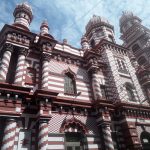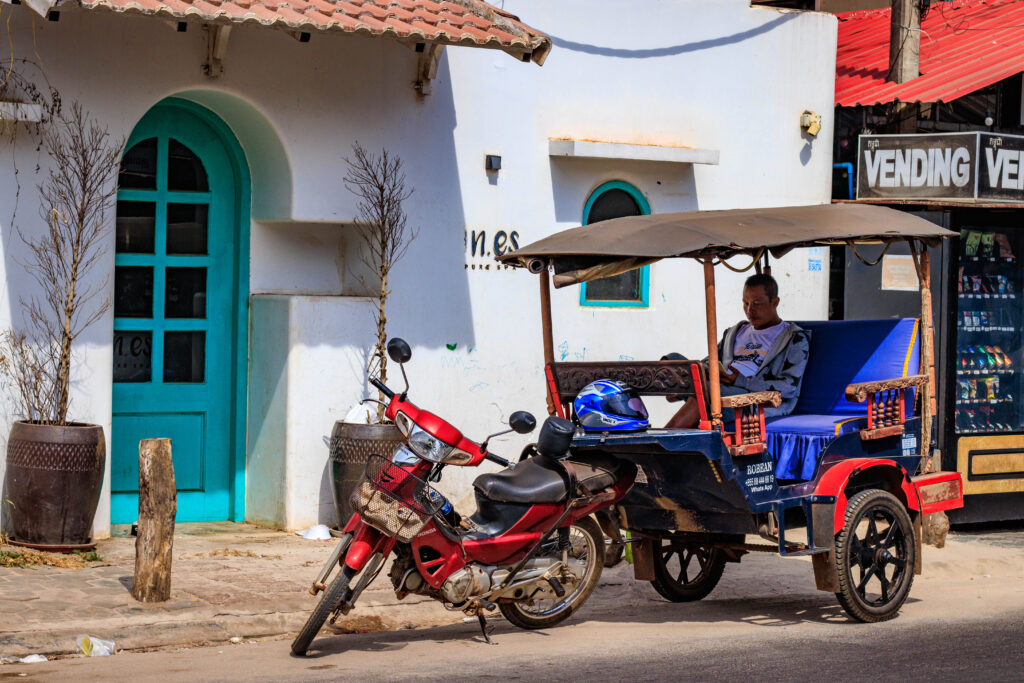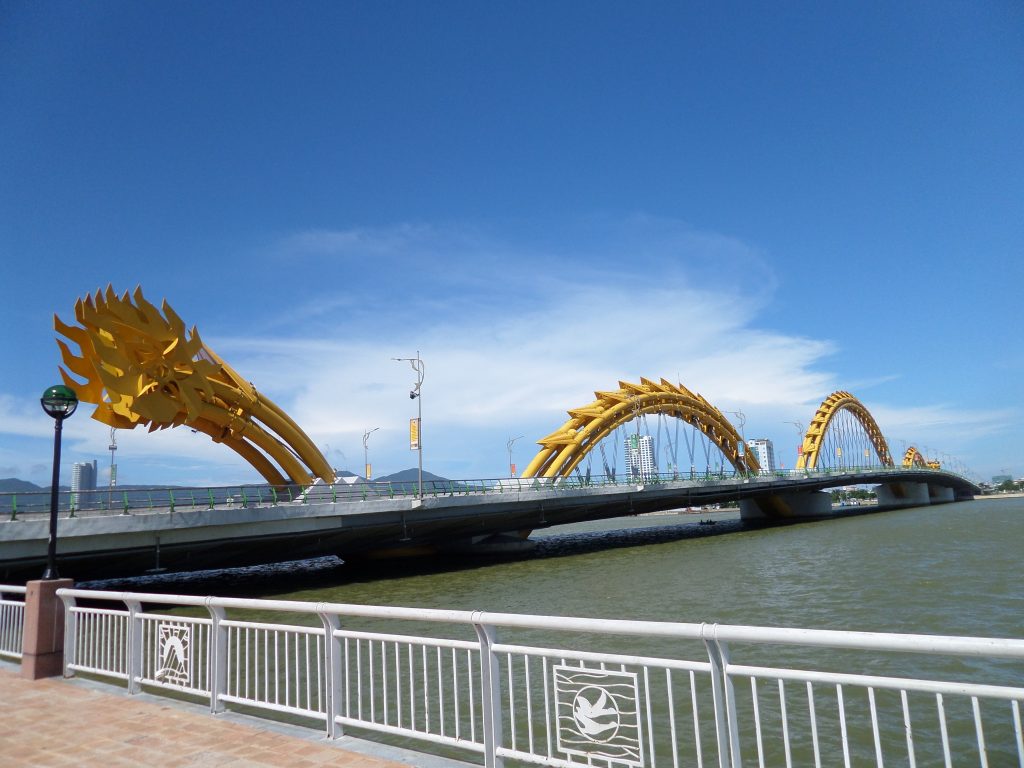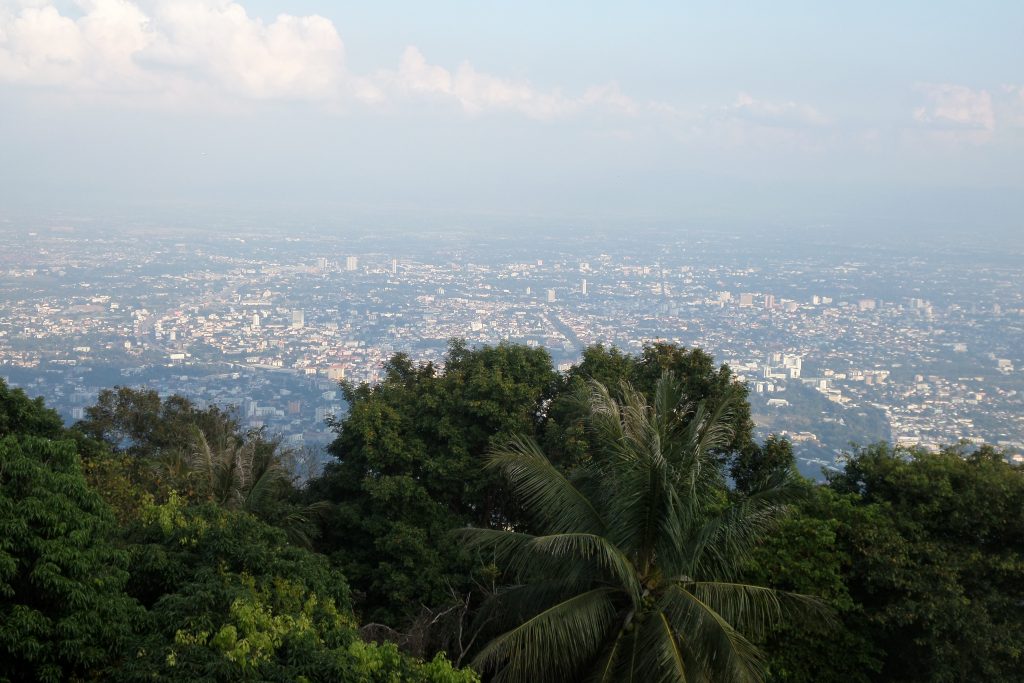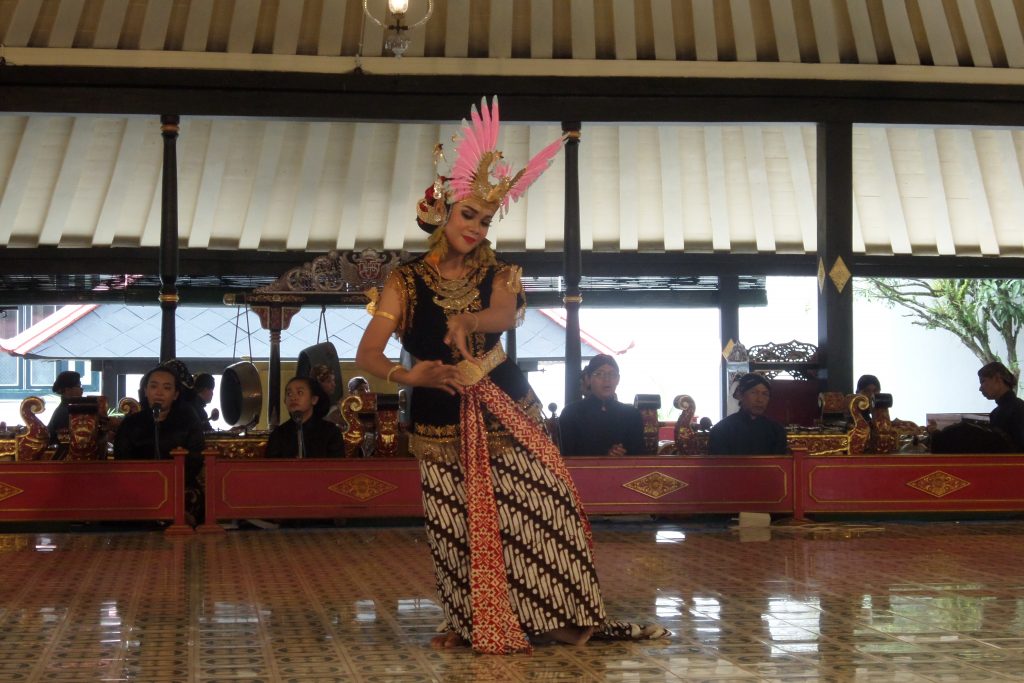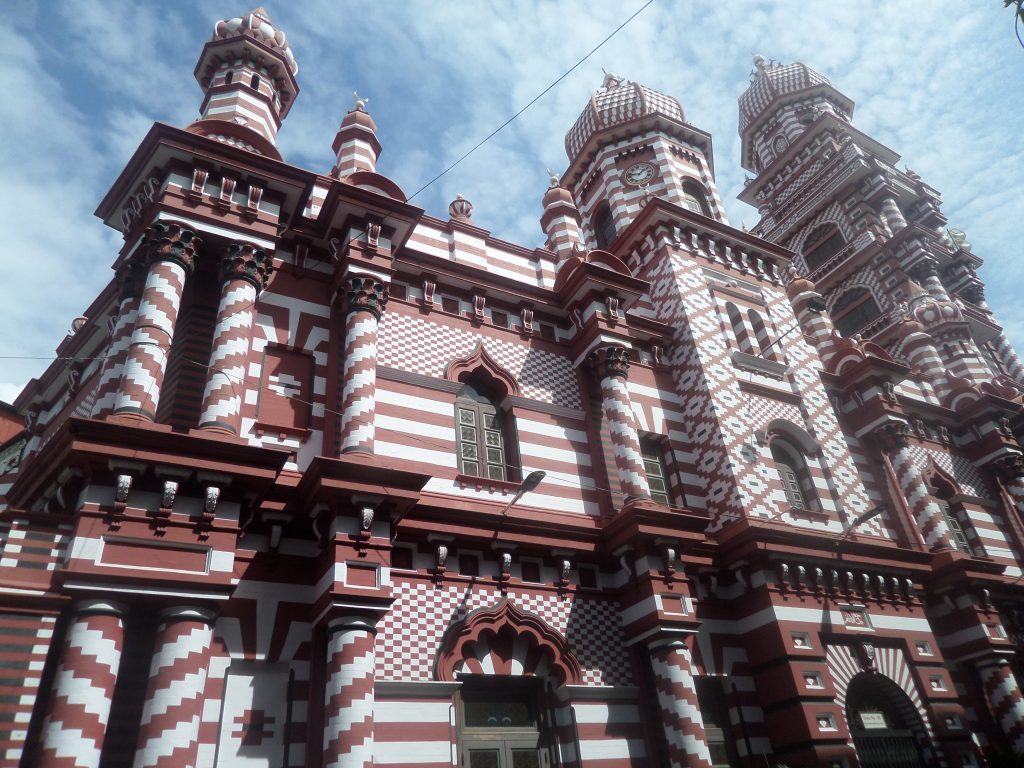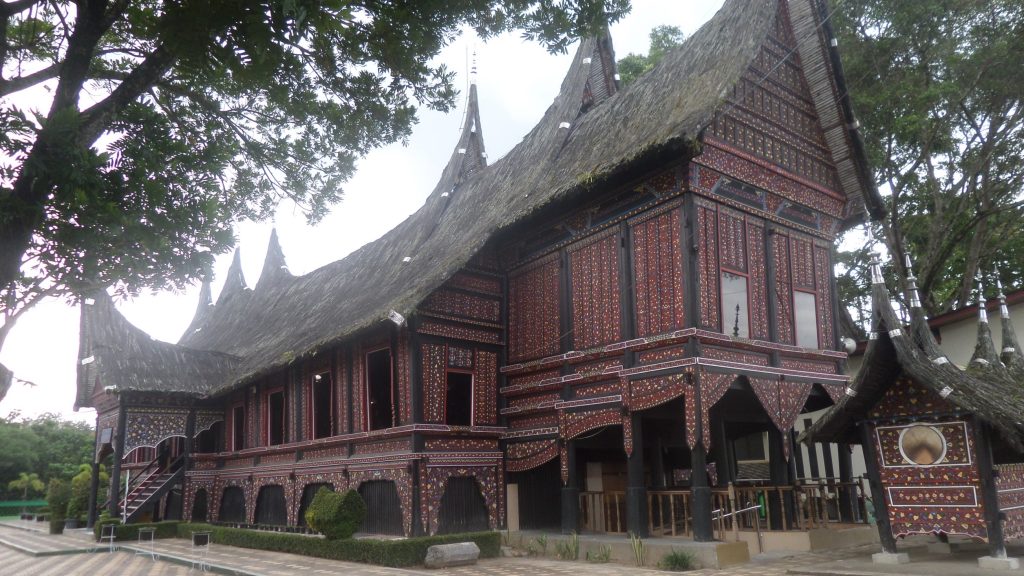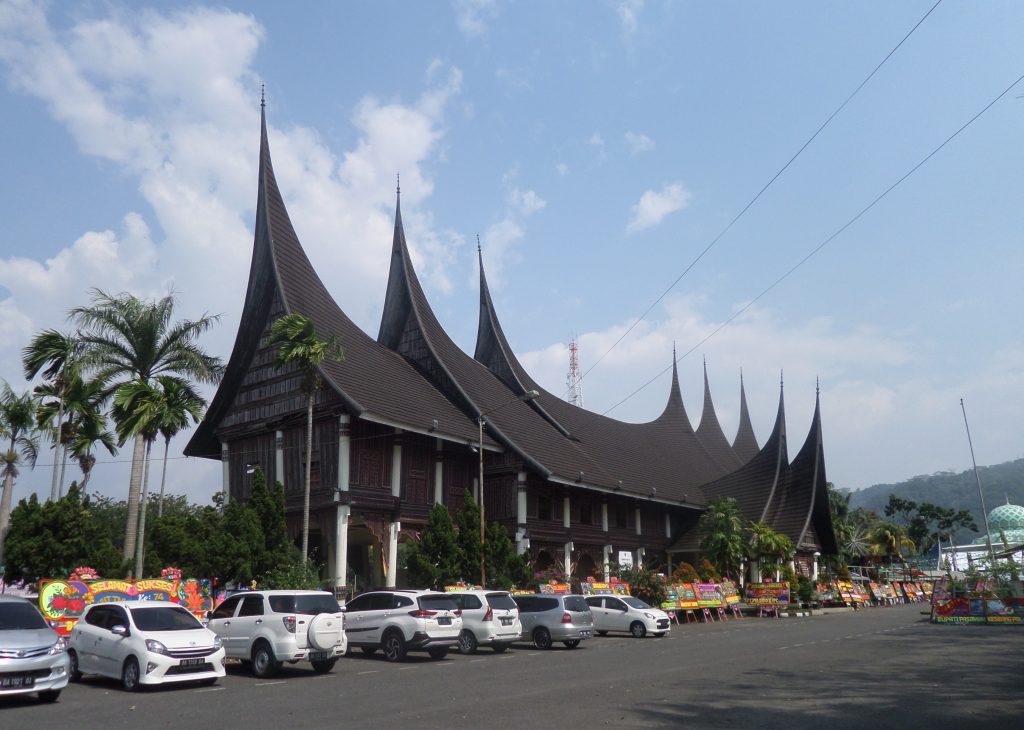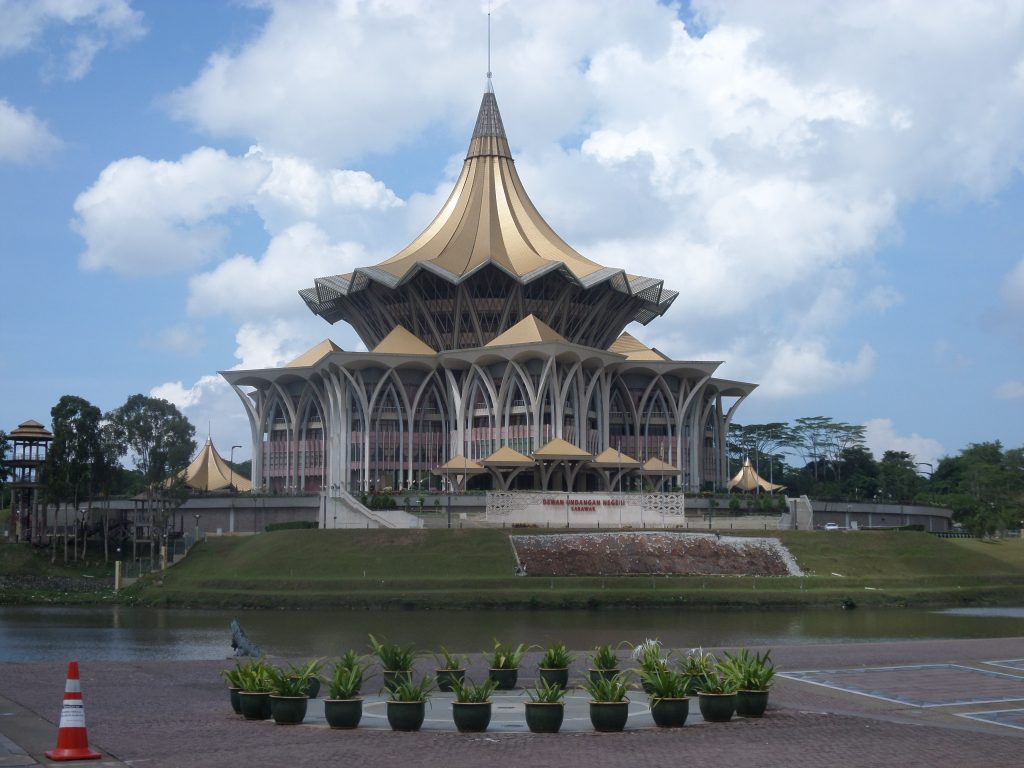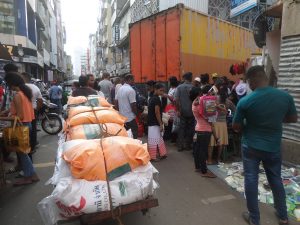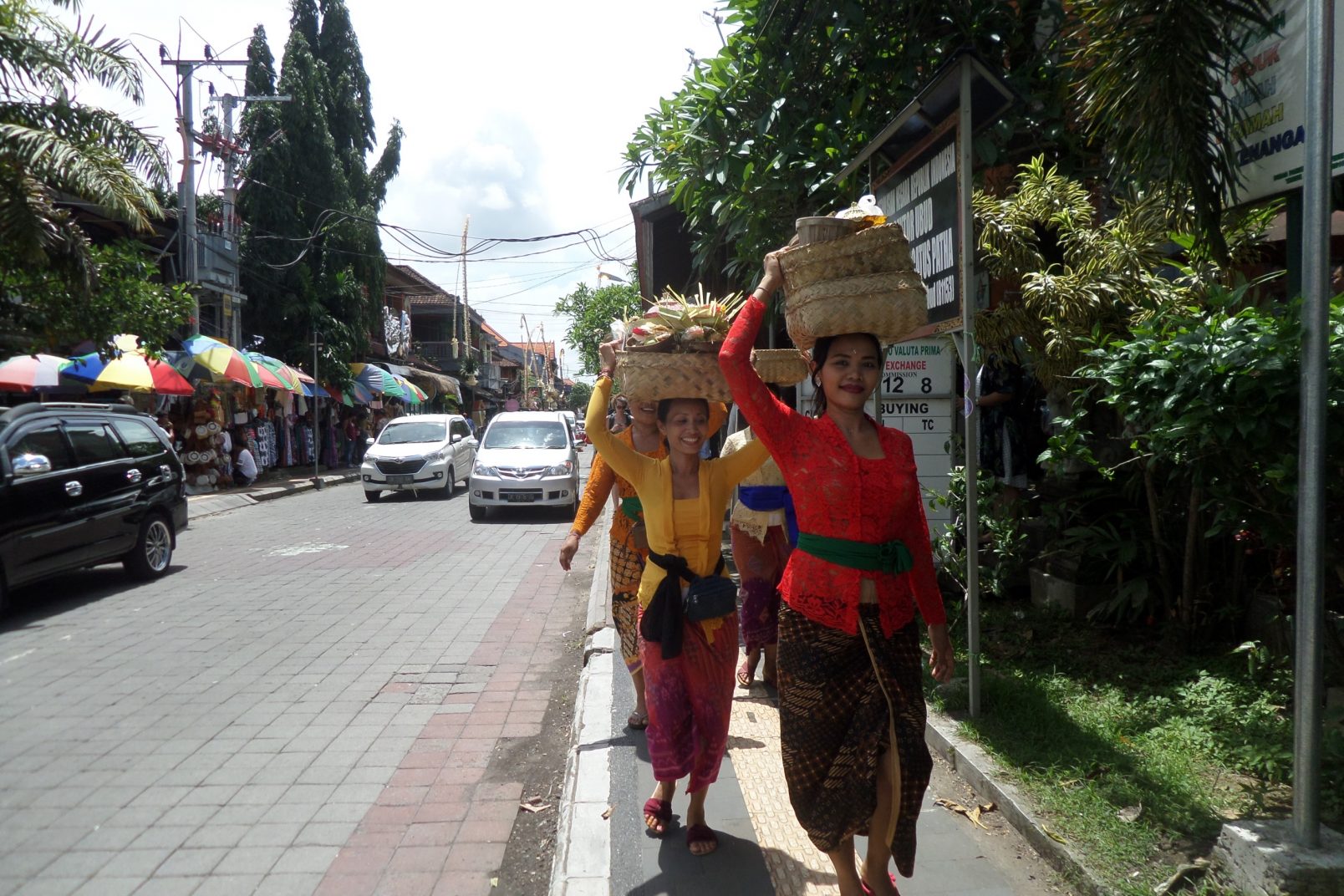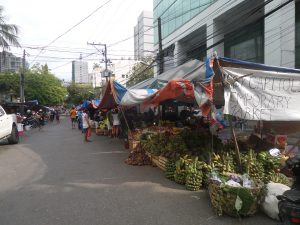In the Digital Nomad City Ratings series, I review the cities where I was working as a digital nomad. The possible ratings are 0 (awful) to 10 (exceptionally wow). The ratings are of course exclusively based on my personal experience and preferences. These may be different for other people, but besides the ratings, I will share my experiences and a detailed description, so this will hopefully be helpful for you too.
A few notes on the not necessarily self-evident categories and their ratings:
Internet: I don’t need very fast internet, but I need continuous connection.
Prices: I am a budget traveller. People who earn higher salaries may have a very different perspective on costs.
Walkability (a standard point in almost all digital nomad listings – you will understand why when you start your digital nomad life) How easy/comfortable/safe/interesting is it to walk about/stroll in the city
Infrastructure: Are there sufficient and good quality services like hospitals, malls, possibilities to arrange official matters, pharmacies, trains, buses etc?
Sights & Surroundings: Options to visit places of interest nearby, especially if staying for a longer time in the city.
Visa: Can you stay in the country without a visa? If so, how long? If not, how easy is it to get a visa and/or extend it? Can you arrange this in the given city?
Overall Impression: I needed this extra category because even if everything is fine in a given city, you may feel something is not right, and you wouldn’t like to stay very long. Or the other way round: it may lack famous sights and infrastructure, but you still love the place.
1. Introduction
In this Digital Nomad City Rating, I will exceptionally rate two cities in one post: Colombo and Kandy in Sri Lanka. The reason is that I only spent a little more than 2 weeks in the two cities combined, and because I found them very similar from a digital nomad rating perspective.
Colombo is the capital city, and Kandy is a city in Sri Lanka almost in the geographical centre of the island. Colombo is not really regarded a top tourist spot, while Kandy is one of the most popular tourist destinations in the country, and most visitors will regard it as a must-see place. Kandy is not very large, with about 125k inhabitants, but it may get very busy and crowded both for vehicles and pedestrians. Colombo is always busy, and it has a big city feel with all the noise and traffic jams day and night.
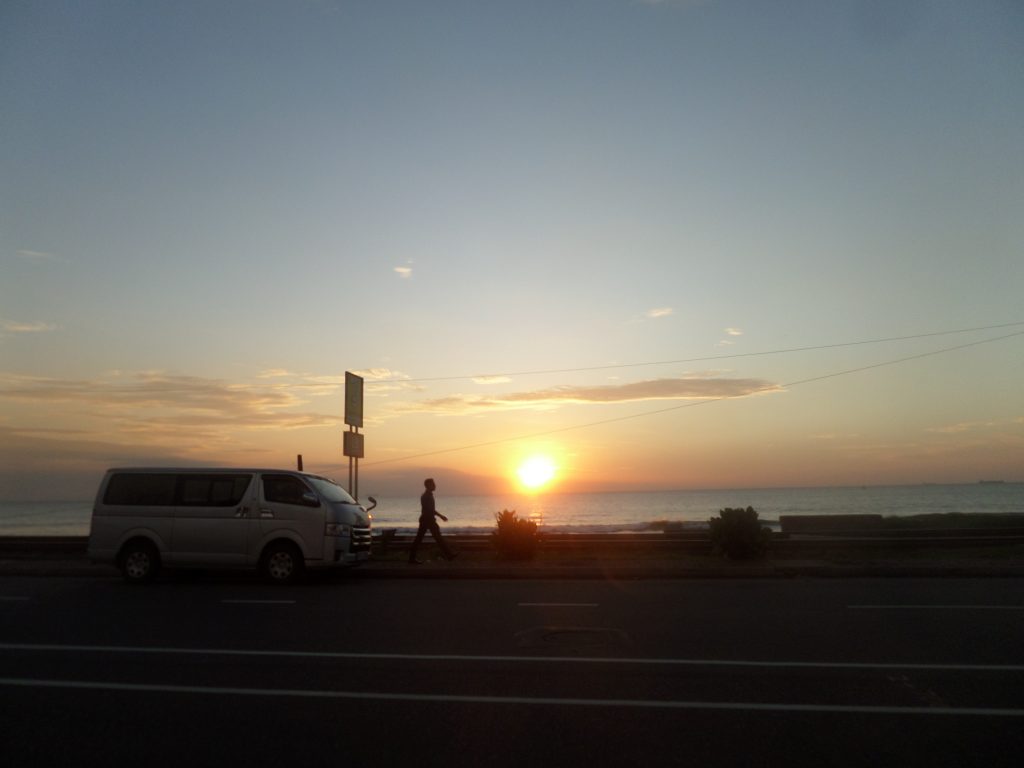
2. Internet: 8
Internet coverage is good in Sri Lanka, and at some places, the speed is also very good. I only have a pic to show the result of a speed test from Colombo, but it was very similar in Kandy, too. This of course depends on what service provider your hotel or guesthouse is using, and how many people share the signal. This speed test was done while I was using VPN connection, so it may actually be faster without VPN.
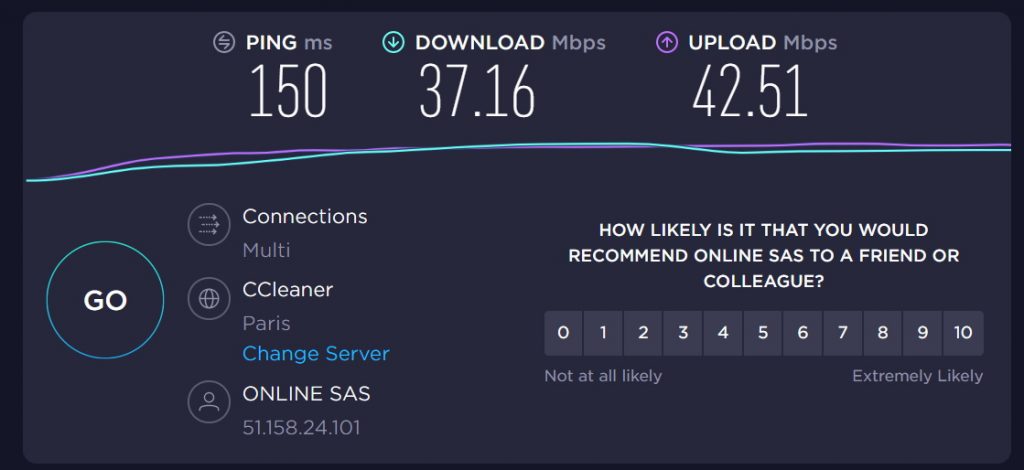
As always, it is a good idea to have a local SIM card with enough data as a backup. Sri Lanka, however, was one of the few countries where I didn’t invest in a local SIM, because I knew very soon after arrival that I wouldn’t spend too much time in the country.
There was one problem however: there were some blackouts, and when that happens, it makes no difference at all how fast otherwise your WiFi connection would be if there was electricity around. Also, internet service in Kandy sometimes stopped for no clear reason, and it came back after half an hour or so sometimes.
As far as internet cafés or co-working spaces are concerned, I didn’t use them at all, but I saw a couple of nicer cafés in the centre of Colombo. I only tried one café in the centre of Kandy for an espresso (which I am always happy to see in Asia), but when the bill came, I decided that was the first and last time I had been to that place. 700 rupees will be enough for a lot of things in Sri Lanka, and you don’t want to pay this amount for a small cup of coffee. They had strong Wifi though.
3. Prices: 6
Prices for accommodation are average or a little higher compared to other countries in Asia. I stayed in a large room with a balcony that I booked through Airbnb. Although it was really large, I couldn’t enjoy it too much, since almost all the space was occupied by two very large double beds. I paid 16 euros a night for this, which is a good price, although it was rather noisy.
Food is very cheap. You can calculate 250 rupees ( € 1.30) for a meal in a cheap roadside restaurant.
However, entrance fees are ridiculously high, especially compared to what you pay for a meal, for example. It is hard to find practically any sight where the entrance ticket costs less than 1000 rupees ( €5), but most will cost at least 1500. The botanical garden near Kandy charges foreigners a hefty 2000 rupees, or 10 euros.
Train travel is dirt cheap, especially if you are OK with second class – in which case, you must take your seat an hour before arrival, or you will have to stand in the third class carriages. I bought a first class ticket from Colombo to Kandy for 800 rupees, and a second class ticket from Kandy to Colombo for 250 rupees, although in the return leg I had to sit in the third class carriage, because all the seats were taken by the time I wanted to board the train, about half an hour before departure. Taxi from the airport to Colombo city centre cost 3000 rupees. If you are a smoker, cigarette prices will also be high – read more about it here.
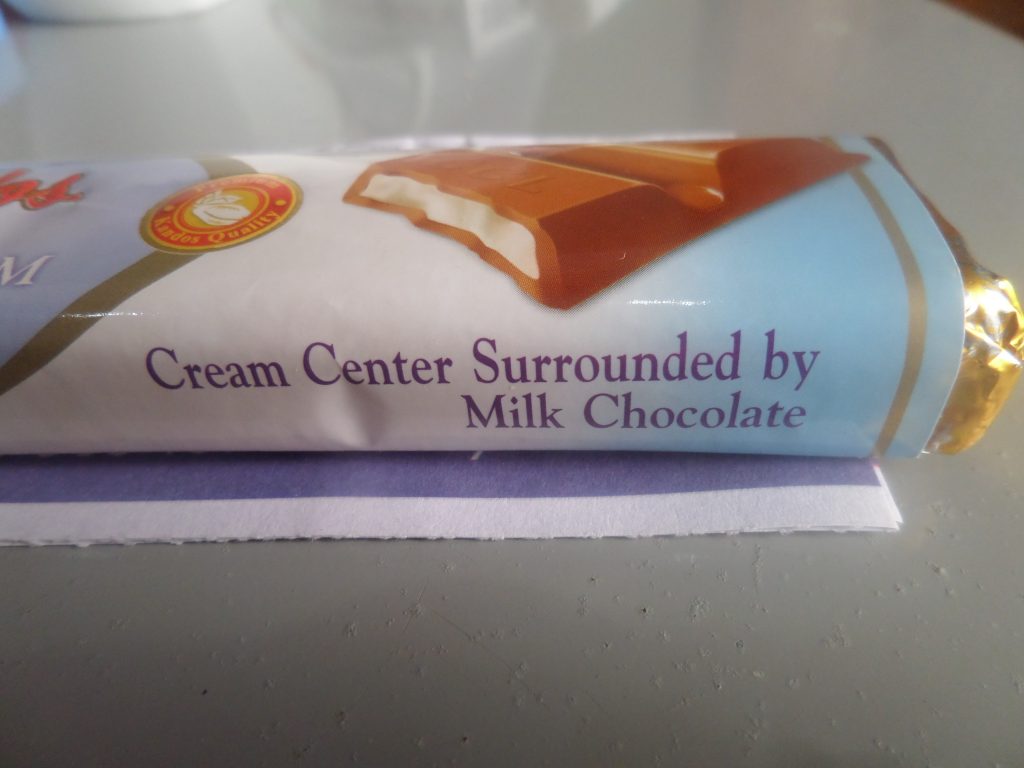
4. People & communication: 1
I have written a separate post about why I decided to “escape” from Sri Lanka only after two weeks, although I was originally planning to stay in the country for several months. The primary reason why I felt Sri Lanka was not my cup of tea was how the local people behaved and how it felt simply walking down the street among them. Basically: they didn’t seem to be welcoming at all, they looked morose to put it nicely, and some of them were absolutely not helpful. Add to that the hassle that you get from lots of people from the moment you step out onto the streets (tukuk drivers and others who are hoping to get some money out of you), to the point that it sometimes becomes unbearable.
The “saving grace” is perhaps that most of the people I met spoke English, so at least you could order food in the restaurant and ask people questions – albeit some of them simply turned away instead of answering my question.
This came as a shocking surprise to me especially because I had spent most of my time travelling in Southeast Asia, where this kind of behaviour is simply unthinkable. I do remember however, that I had the very same problem with people’s behaviour in northern India.
5. Sights & surroundings: 6
Both Colombo and Kandy offer a lot of sights both in the city and in the surroundings. Unfortunately, I didn’t have the chance to visit most of them, since I was working during the week, and the two or three weekends were just not enough for me to discover a lot.
I think Colombo has more historical buildings than Kandy, which could be regarded more as a base for visiting other places like Sigiriya and Dambulla. I am not really interested in beaches, but if you are, none of these cities will be good of course, even if Colombo is right on the coast, but the famous beaches are in the south of the island.
However, since Sri Lanka is a very small island, and because travelling by either bus or train is easy and fast, you can get to various places almost from anywhere.
That said, I don’t think those sights are so exceptional. Of course it depends on your personal preferences, and maybe also on how many famous places you have already seen in the world. (I have seen quite a few.)
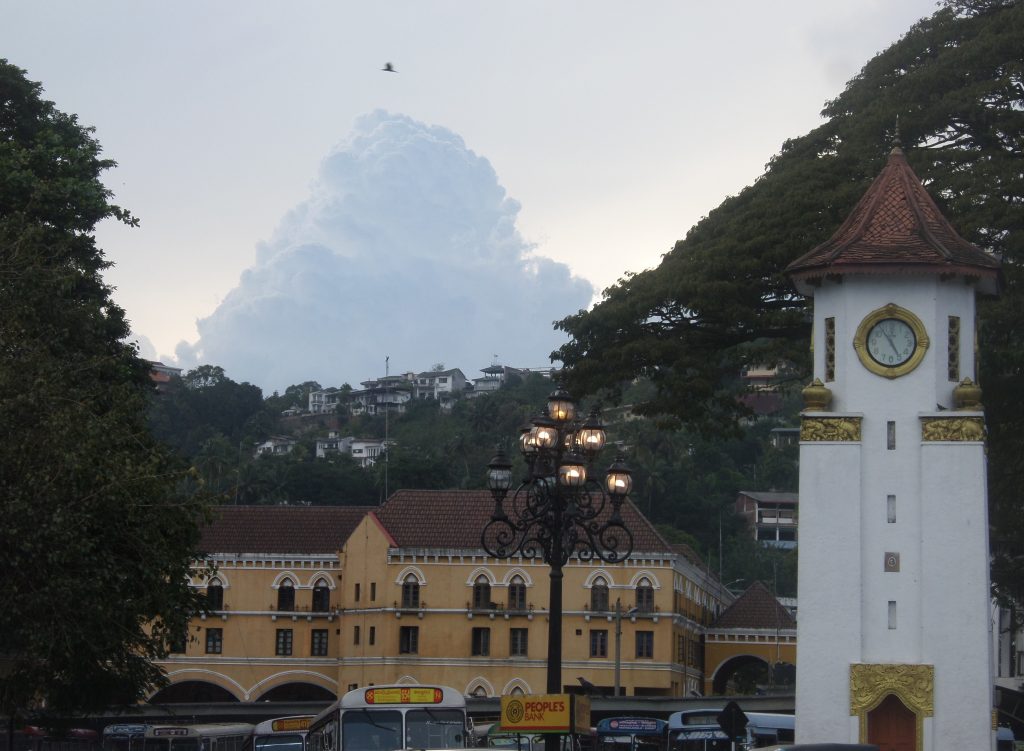
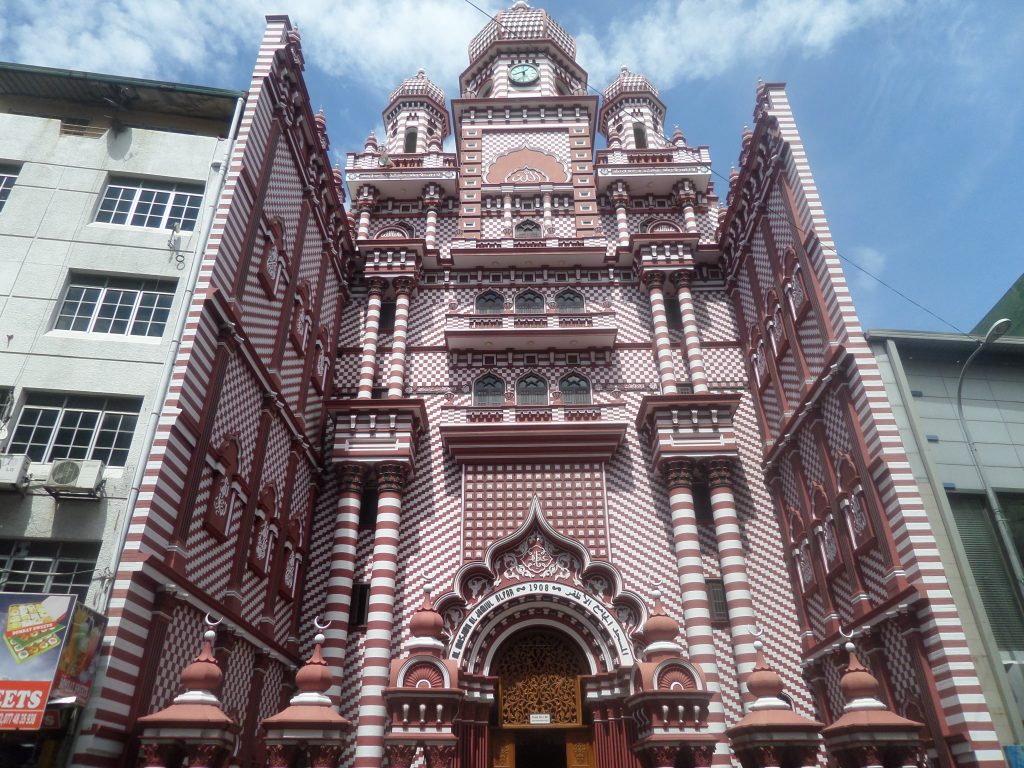
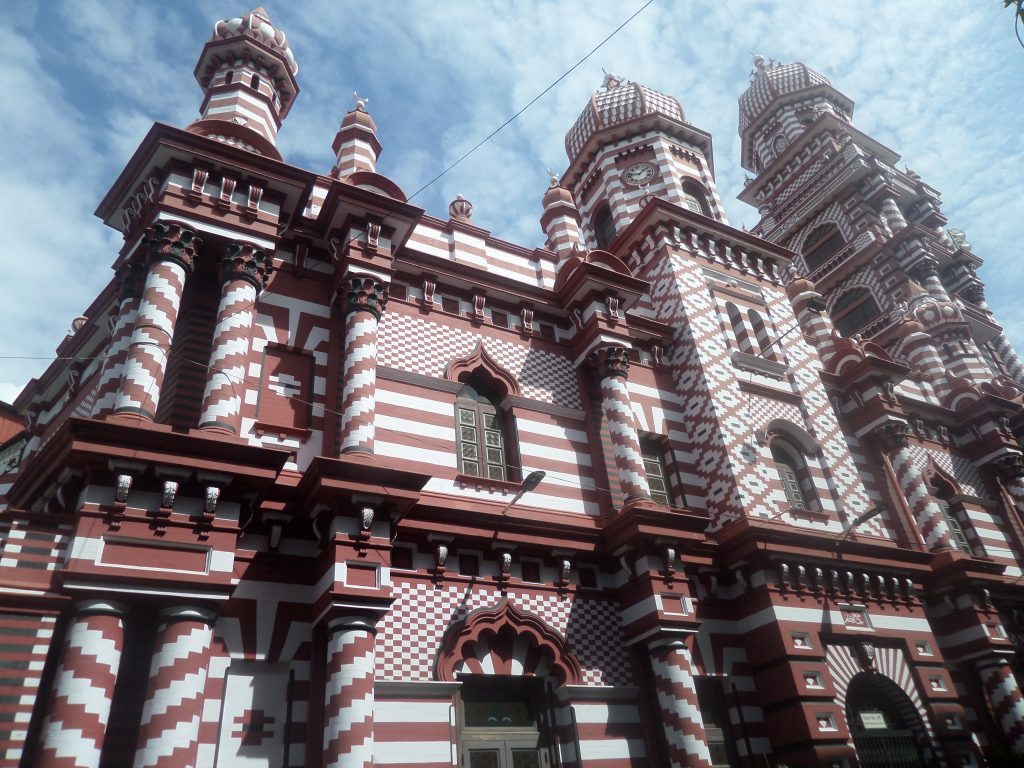
6. Walkability: 2
Walking in either cities is easy for most of the time, although there are sections even in the city centre (especially in Kandy), where walking is only possible on the road, trying to avoid being overrun by cars and tuktuks and buses. Walking could actually be interesting, was it not for the zillions of people who will rush at you and not let you walk because they want to sell you something, or take you somewhere or heaven knows what else. This makes this “walkability” score rather lower than it would otherwise be. No, walking is not fun in Sri Lanka, when you feel that half the country is trying to rob you.
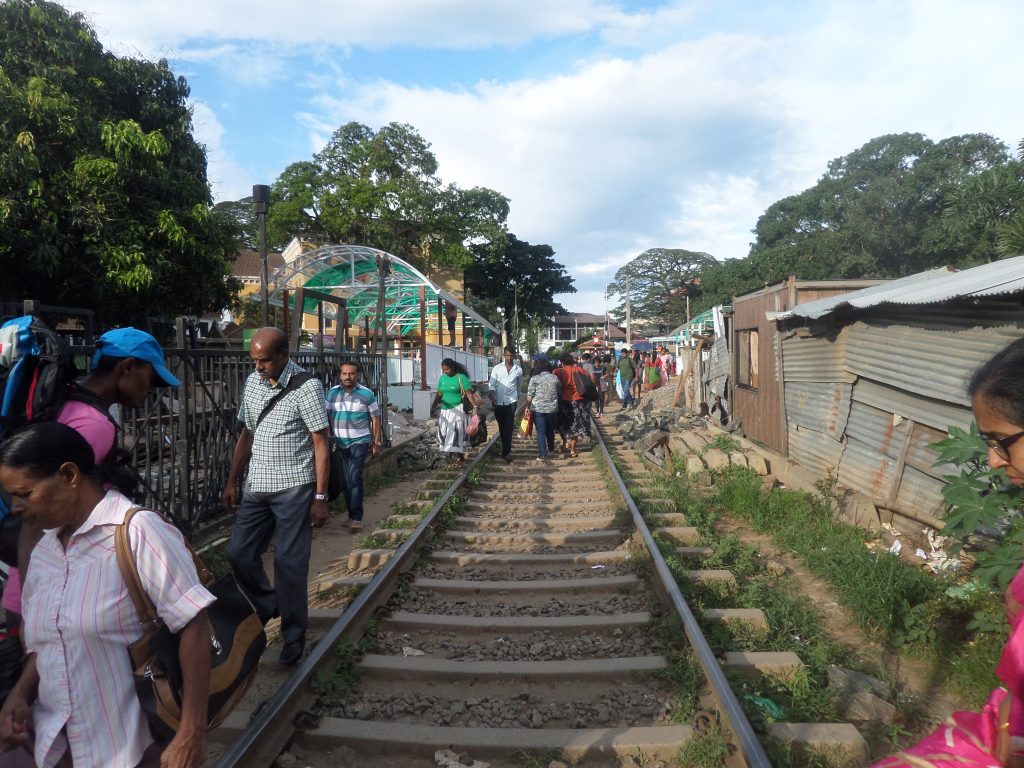
7. Safety: 6
In this other post, I wrote about how I arrived in Colombo at night, and how the taxi driver and the hotel staff almost started a fight in the street. This was my first experience, one hour after landing in Sri Lanka. It made me really frightened, to be honest.
I didn’t see people fighting in the street during the two weeks I spent in the country, but I an easily imagine that it does happen. People in busy areas (the market, for example), will elbow their way through the crowd, pushing you aside and stepping on your feet. This, for me a safety concern, too.
I had the general feeling that I was not really safe there. I can’t give you precise reasons for this, it was just the feeling that I had. Whenever I was walking in the streets, I was holding my shoulder bag tight in front of me.
I may be very wrong of course. After all, you don’t hear very bad stories about Sri Lanka, and I never read tourist complaints online. Still, they made me feel like this, and this is the most important: how you feel there.
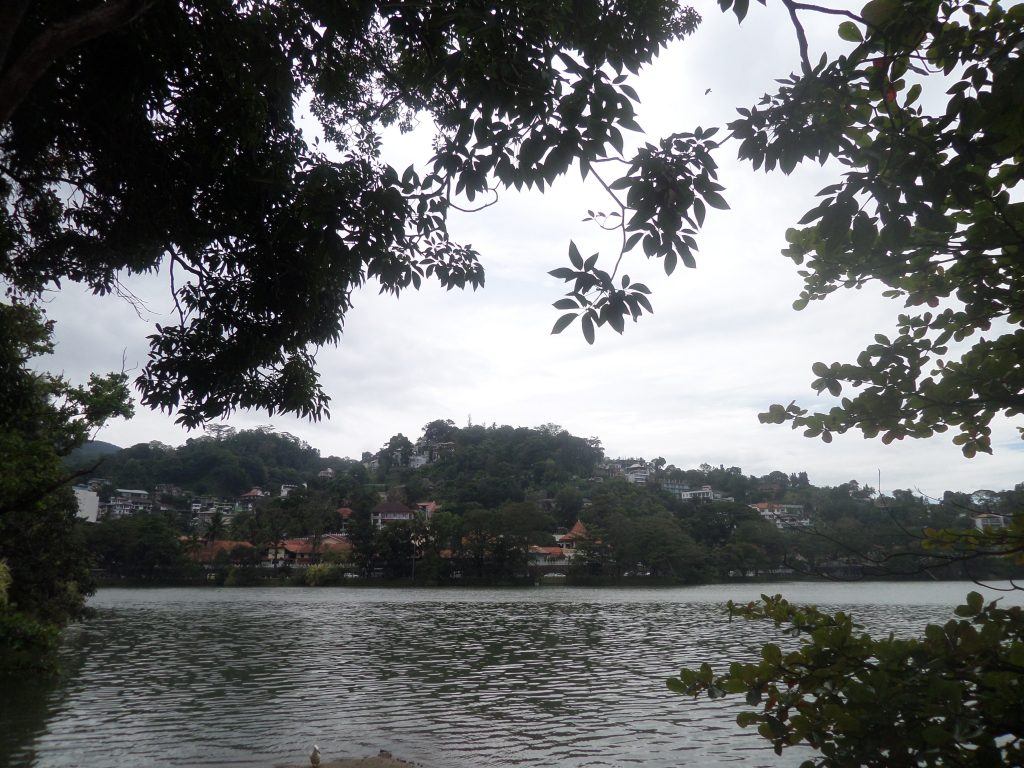
8. Food: 9
Food, I think is excellent in Sri Lanka, and it is also cheap. There are quite a lot of small restaurants, both self service and proper service ones, and the food is varied enough to not get bored of it very easily. Although I only stayed for a little more than 2 weeks, so I don’t know how I would’ve felt after two months.
I enjoyed the small places where they sell fried rolls filled with vegetables, eggs or chicken, samosa and other delicacies. Try the kottu, which has various types, and Kandy people said to me that the best kottu is available there. I can’t judge, because I couldn’t try kottu in Colombo.
In the small restaurants near the railways station, food was also OK, but the service was a bit strange. The menu was there for you to see with huge letters posted on the wall. I ordered a chicken curry, which cost 180 rupees. When I paid, the woman said 200. OK, I said to myself, I wanted to give her 200 anyway, and that is the usual 10% tip. But when I gave her the 200, she said to me: “tip? tip for me?” – and now that was a little too much for me to handle. So I pointed at the price list on the wall, and she disappeared quickly.
One interesting or funny thing is that in Sri Lanka, restaurants are called “hotel” – in addition to the real hotels. So of you see a fancy place with the “hotel” sign, you can never be sure if the place only offers food or accommodation too.
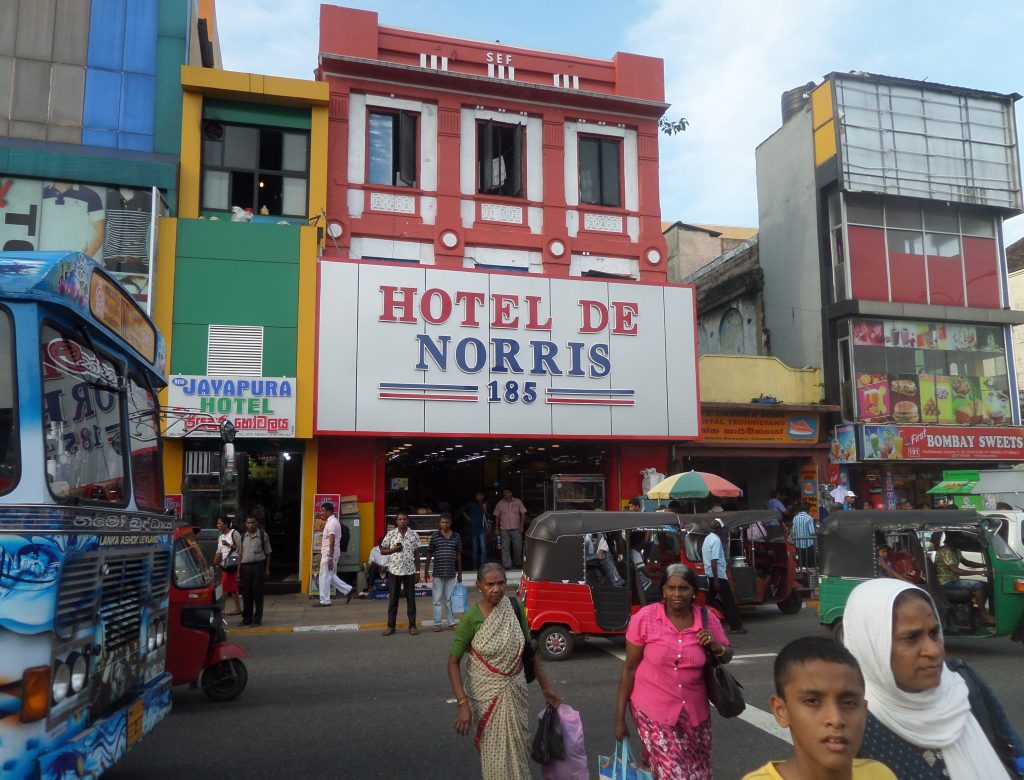
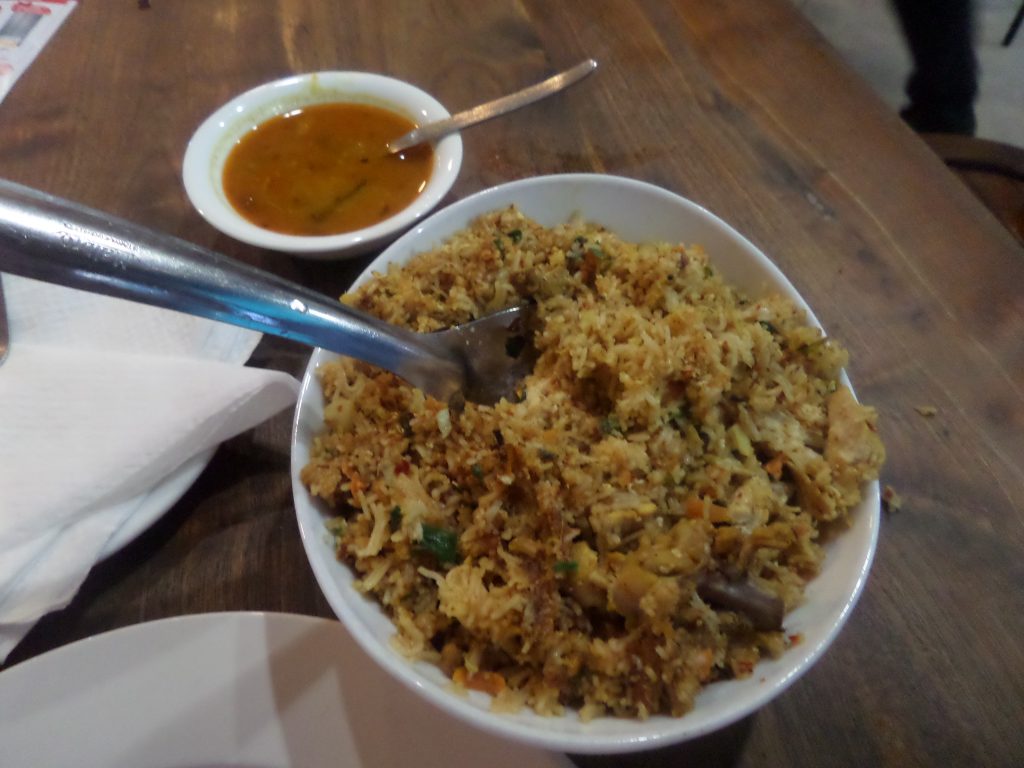
9. Infrastructure: 7
Both Colombo and Kandy has large supermarkets and shops where you can satisfy your shopping needs, and also markets for clothes and whatnot. I wanted to use a laundry, but when I looked at he online reviews on Google Maps, I saw that most of them have terrible service, charging too much, and it takes for them several days to do the laundry. So I decided to do it myself in my hotel room instead.
I have no experience in using any other services, I had no need for either a doctor or a hairdresser or anything else, but I am pretty sure you will easily find any of these services at least in Colombo, the capital.
Train service is good, and there are also buses to the airport. With this latter, you may prepare to be overcharged shamelessly. The normal price is 60 rupees from Colombo Fort to the Airport, but you can read on Tripadvisor that some tourists were made to pay 300 and even more.
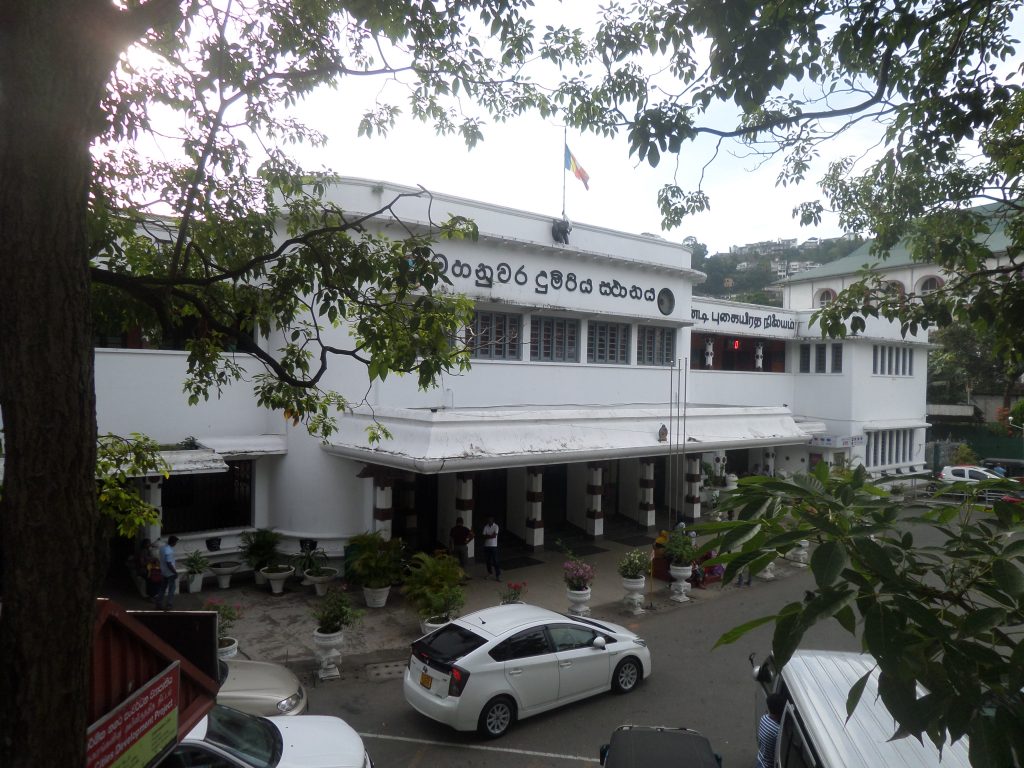
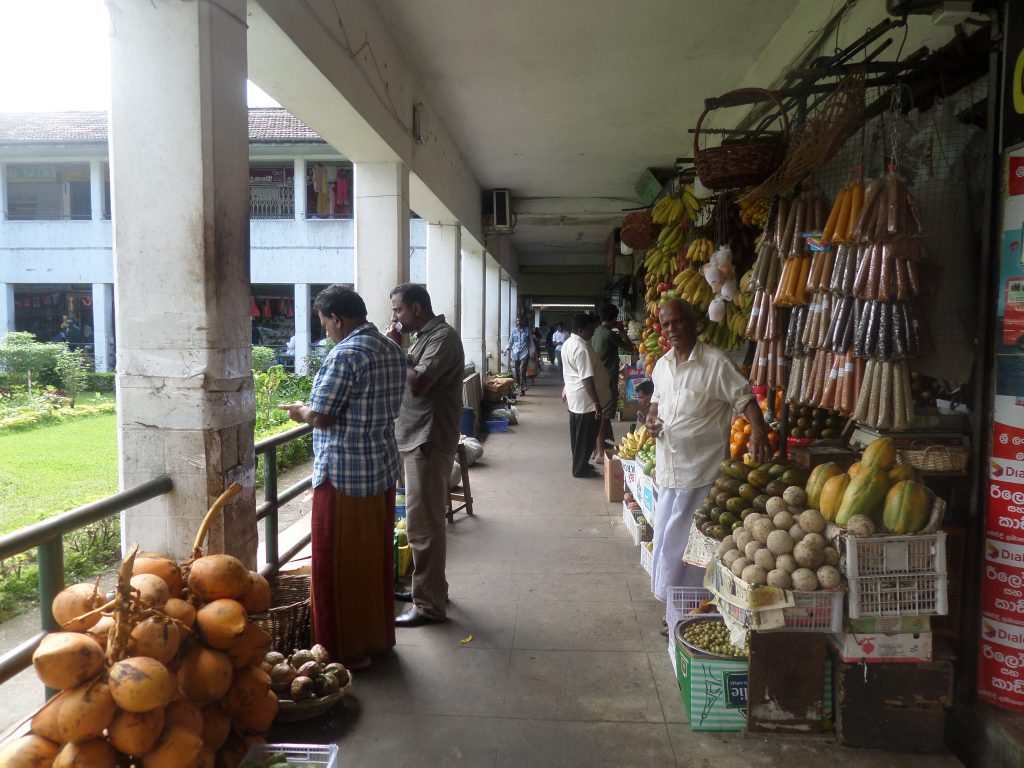
10. Visa: 6
Most people can spend a month in Sri Lanka without a visa, but everyone must request an Electronic Travel Authorisation or ETA, which can be done online. You also need to have a return ticket out of Sri Lanka, but read my story about how I avoided that. I may have been just lucky, so it is advisable to really buy a return ticket, which you may or may not actually use. You can also extend your stay in Sri Lanka without leaving the country but since I didn’t do that (although I was planning to), I cannot comment on that.
11. Overall impression: -10
I gave minus ten points for this. Yes, I take the liberty to compensate for some of the high scores given to the city in other categories (and at other times, I may give more than 10 points to other cities in this category for similar reasons).
I cannot say more than I have already said before in this post and in the other post where I explained why I actually escaped from Sri Lanka too soon. If I feel I have to escape from somewhere, that tells you all, I think.
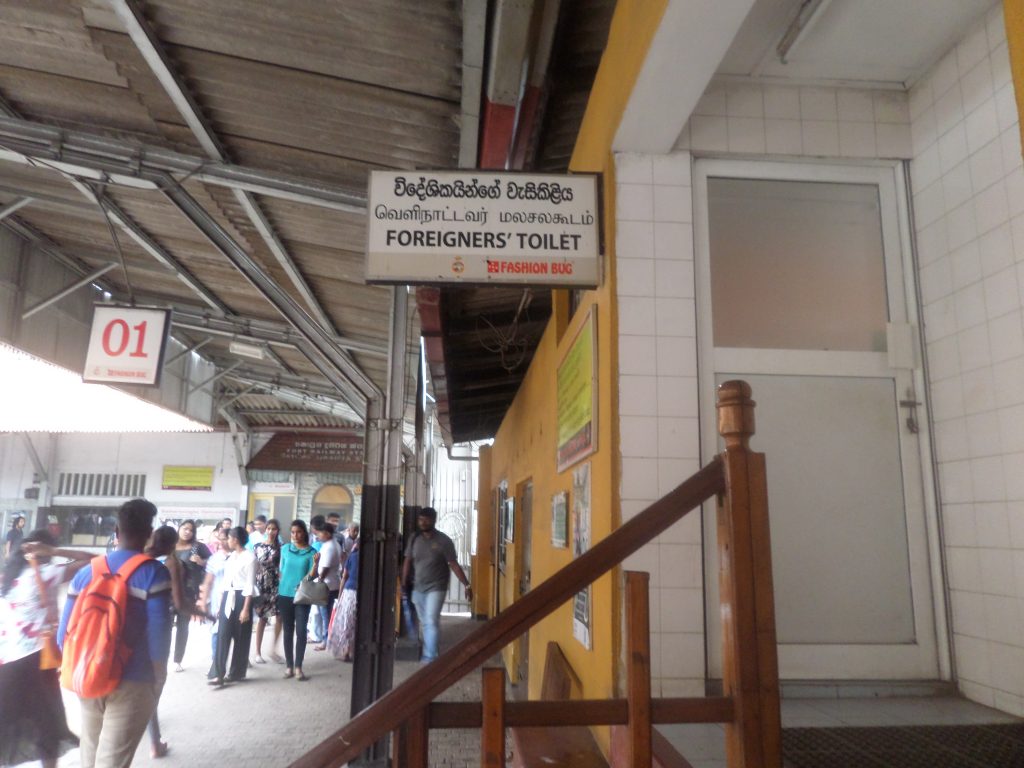
12. Practical info
12.1 Getting there and away
Getting to Colombo from abroad means of course flying, since Sri Lanka is an Island. The Colombo airport (Bandaranaike International Airport) is actually in a different town to the north of Colombo, called Negombo. There is both a bus and a train that take to the centre of Colombo, but if you arrive late at night like I did, the only sensible option is to take a taxi. This cost me 3000 rupees to Kollupitiya, which is quite a good price. The taxi office guy will certainly find you the moment you exit the arrival hall, still inside the airport.
Back to the airport when I was leaving, I took the airport bus from Fort, for 60 (sixty) rupees.
Getting to Kandy is easiest by train. There are many trains between Colombo and kandy, prices are between 200 and 800 depending on class.
12.2 Accommodation in Colombo
I booked an “apartment” on Agoda, which turned out to be a hotel room, which had a small pantry like space, where there was an unusable sink, without water. But it had a small balcony, and the price was not bad. It also had its fair share of cockroaches though, and one advantage was that it was very near the coastline, and you could actually see the sea from the balcony. The staff was a bit annoying and worrying though they were the ones that almost started a fist fight with my taxi driver when I arrived (see more in the post where I explain why I had to escape from Sri Lanka).
I think you could try to find a more civilised place, use Booking.com’s map here, and check the ratings and the reviews before you book:
Booking.com12.3 Accommodation in Kandy
In Kandy, I booked a room on Airbnb. It was an OK place, with a balcony overlooking a busy main street, but it was not too noisy at night. It was jammed with too many beds, but it was fine for a week.
Booking.com
